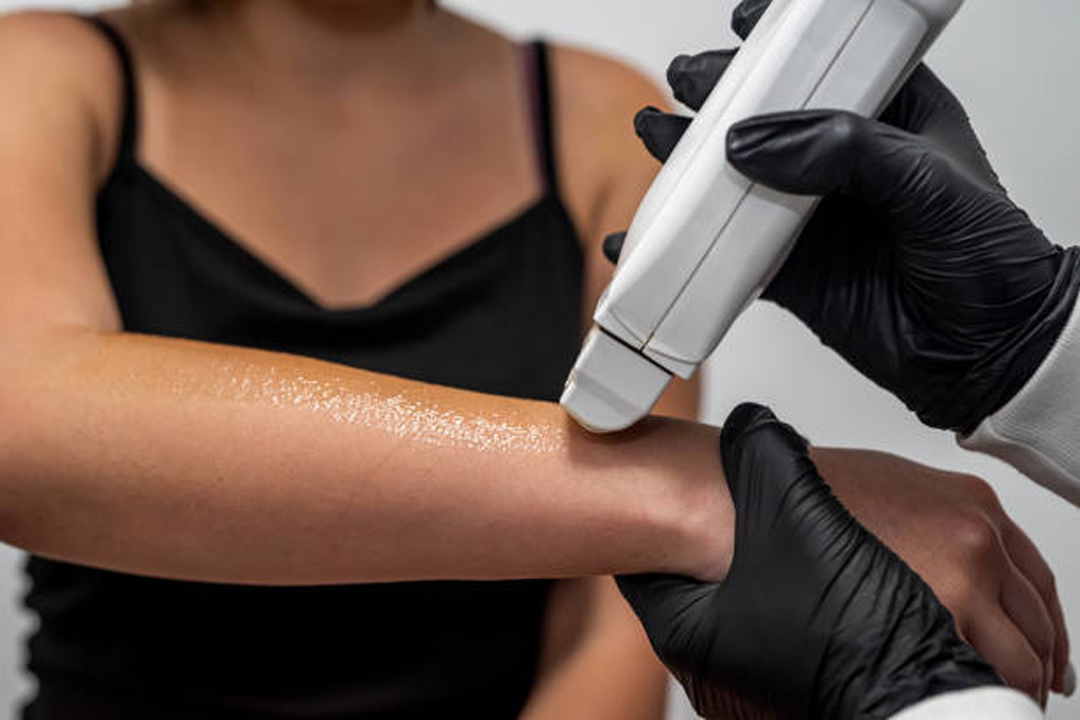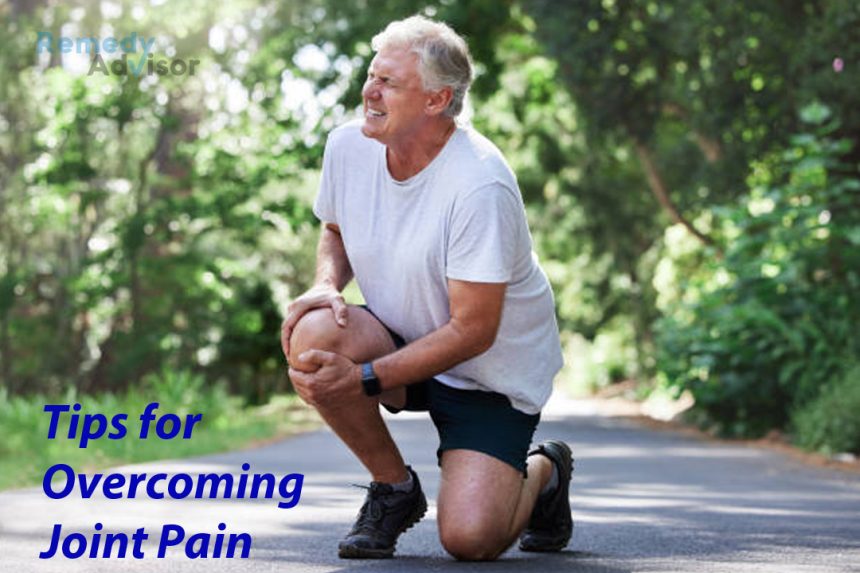A sudden twinge in an elbow, shoulder, knee or another joint is probably not arthritis. Most forms of arthritis develop slowly, striking first in the hands.
Instead, you’ve probably irritated the soft tissue around the joint. This ailment really a family of ailments including bursitis, tendinitis and carpal tunnel syndrome calls for a slightly different approach to treatment than arthritis.
Soft-tissue inflammation is not a natural consequence of aging. Most cases can be traced to excessive exercise or to a job-related activity involving repetitive motion. The pain is usually apparent within 24 hours of overuse. It can range from a dull ache to shooting pain.
Common soft-tissue injuries
• Rotator cuff tendinitis
It affects the tendons that hold the shoulder joint in place. Common among swimmers and other athletes, this ailment can make it hard to get dressed or lie down.
• Shoulder bursitis
It is a very common among gardeners and house painters is caused by repeated pressure on shoulder bursae, fluid filled “cushions” that protect the joints. It becomes painful to move the arm away from the body.
• Tennis elbow
It strikes carpenters, gardeners, mechanics, dentists and tennis players who use poor form or a tightly strung racket. The pain makes it hard to shake hands or lift a briefcase.
• Carpal tunnel syndrome
It is an inflammation of tissue surrounding the median nerve of the hand. Symptoms include weakness, pain, burning or aching in the wrist and/or hand. It is usually caused by repeated hand motions, like those used by seamstresses, checkout clerks and computer operators.
• Prepatellar bursitis
It involves inflammation of the bursa in front of the kneecap (patella). It is common in people who must stand or kneel for extended periods. The pain is rarely severe.
• Shin splints
It involves pain in the front of the lower leg. Most cases are caused by repetitive exercise especially running on hard surfaces. This can injure muscle and tendon tissue.
• Achilles tendinitis
It is the inflammation of the Achilles tendon is common among basketball and squash players and runners (especially those who run on concrete or in flimsy shoes). Symptoms include pain, swelling and tenderness in the heel.
• Plantar fasciitis
It involves a tear in the ligament connecting the arch to the heel. It causes a burning pain on the sole of the foot and the heel, making it painful to walk or stand on your toes. It is common among runners.
• Trochanteric bursitis
It is inflammation of the bursa near the hip. Symptoms include pain in the hip and thigh, especially when you walk, rise from a chair or lie on the affected side.
Finding out what ails you
If you experience sudden pain, tenderness or swelling in a joint, consult a doctor at once. His/her initial examination of you should include…
• Complete medical history
Tell the doctor what preceded the injury, including whether the problem is chronic or an isolated case.
• Physical exam of the joint
The doctor should manipulate your limb to see if and how your range of motion is limited.
• Review of systems
Asking about symptoms in different systems of the body, such as fever or weight loss, is the only way to be sure there is no underlying illness, such as gout or joint infection.
The doctor may x-ray the joint to check for swelling and anatomical abnormalities, such as worn cartilage. If a more detailed picture is needed, he/she may order an MRI scan.
Most cases of soft-tissue inflammation can be treated by a primary-care physician.
Caution: With doctors under increasing pressure from insurers, soft-tissue injuries often get superficial treatment a recommendation of rest and a prescription for anti-inflammatory drugs. This works in some cases, but it’s also how short-term problems can turn into chronic joint ailments.
If your pain doesn’t respond to treatment within a few weeks, consult an orthopedist or rheumatologist.
First-line treatment

First, it’s essential to stop whatever activity caused the injury in the first place, at least until the inflammation has healed.
Your doctor may choose to put the joint in a sling for a few days. Immobilization should be done only when absolutely necessary, however and then only for a few days. Reason: It can cause muscle weakness.
An ice pack often helps during the first 24 to 48 hours after the onset of pain. Once the pain subsides, you can use a hot water bottle, heating pad or hot bath to improve joint mobility.
For pain and swelling, doctors often recommend aspirin or another non-steroidal anti-inflammatory drug (NSAJD) typically ibuprofen (Motrin), naproxen (Aleve) or indomethacin (Indocin). Indomethacin is especially popular because of its effectiveness and rapid action.
Acetaminophen (Tylenol) is not a NSAID. It works on pain but not inflammation. It may not be effective for overuse injury.
For maximum effectiveness, NSAIDs must be taken in high doses. Since these doses can cause stomach upset, bleeding and other side effects, NSAID therapy requires close supervision by a doctor.
Corticosteroids and physical therapy
If NSAIDs fail to reduce the inflammation, your doctor may inject the affected bursa with cortisone or another corticosteroid. Although they may be effective, corticosteroids can cause increased vulnerability to infection as well as other side effects.
Some doctors give steroids right away. I prefer to wait at least 10 days to see what effects rest and NSAIDs have.
Physical therapy is also very helpful. I start my patients on gentle “range-of-motion” exercises as soon as possible. Your doctor can show you one or more that are appropriate for your injury.
Some soft-tissue injuries stem from improper joint movements, which are often caused by muscle weakness. In such cases, I recommend strength training.
If you’re new to strength training, consider hiring a physical therapist for a few sessions to be sure you’re using proper form. Do not begin strength training without a doctor’s supervision.
Surgery
For chronic or severe joint pain especially in older people orthopedic surgery may be the only option. Several procedures are used, from minimally invasive arthroscopic surgery to full-blown joint reconstruction. Cost: Several thousand dollars.
Preventing recurrences
If exercise caused your injury, you may be able to return to your former level of intensity but only gradually, over several months and only after carefully analyzing the mechanical problems that caused the injury in the first place.
If the inflammation stemmed from an anatomical problem, consider replacing the offending activity with one your body can better handle. Switch from running to cycling, for example, or replace tennis with swimming.
For job-related tendinitis or bursitis, ask your doctor to refer you to an occupational therapist. He will carefully analyze your work movements and find ways to reduce stress on your joints.
A switch in equipment often helps. Examples: Wearing shoes with good cushioning and firm heel support playing with a lightweight, shock-absorbent tennis racket using a cushioned pad when kneeling and using a raised, padded bar to support your wrists when typing.







